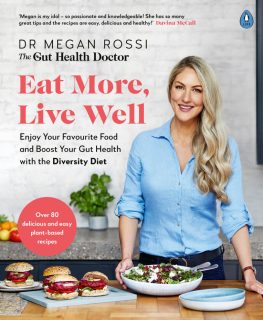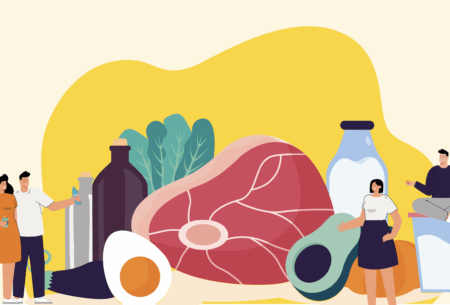Are bread, vegan products and cereals considered UPF?
When thinking about UPF most people think of chips, sweets, and colourful sugary drinks, but UPF is not limited to these . Everyday items such as mass-produced or packaged bread and some breakfast cereals are considered ultra-processed foods. This is because they tend to have extra ingredients added during production, such as sweeteners, emulsifiers, artificial colours and flavours.
The problem with categorising foods like these with NOVA method is that foods such as bread or cereals, which can be part of a healthy diet, are categorised with less nutritious ultra-processed foods such as chicken nuggets, sweets and pastries.
With the rise of veganism, plant-based products have become popular in recent years, however plant-based meat and cheese substitutes are also considered as ultra-processed foods, and so might not be as healthy as they are marketed to be. Although placing different foods together as ultra-processed can be confusing, the NOVA classification is helpful in establishing a difference in foods and allows people to make informed food choices.












